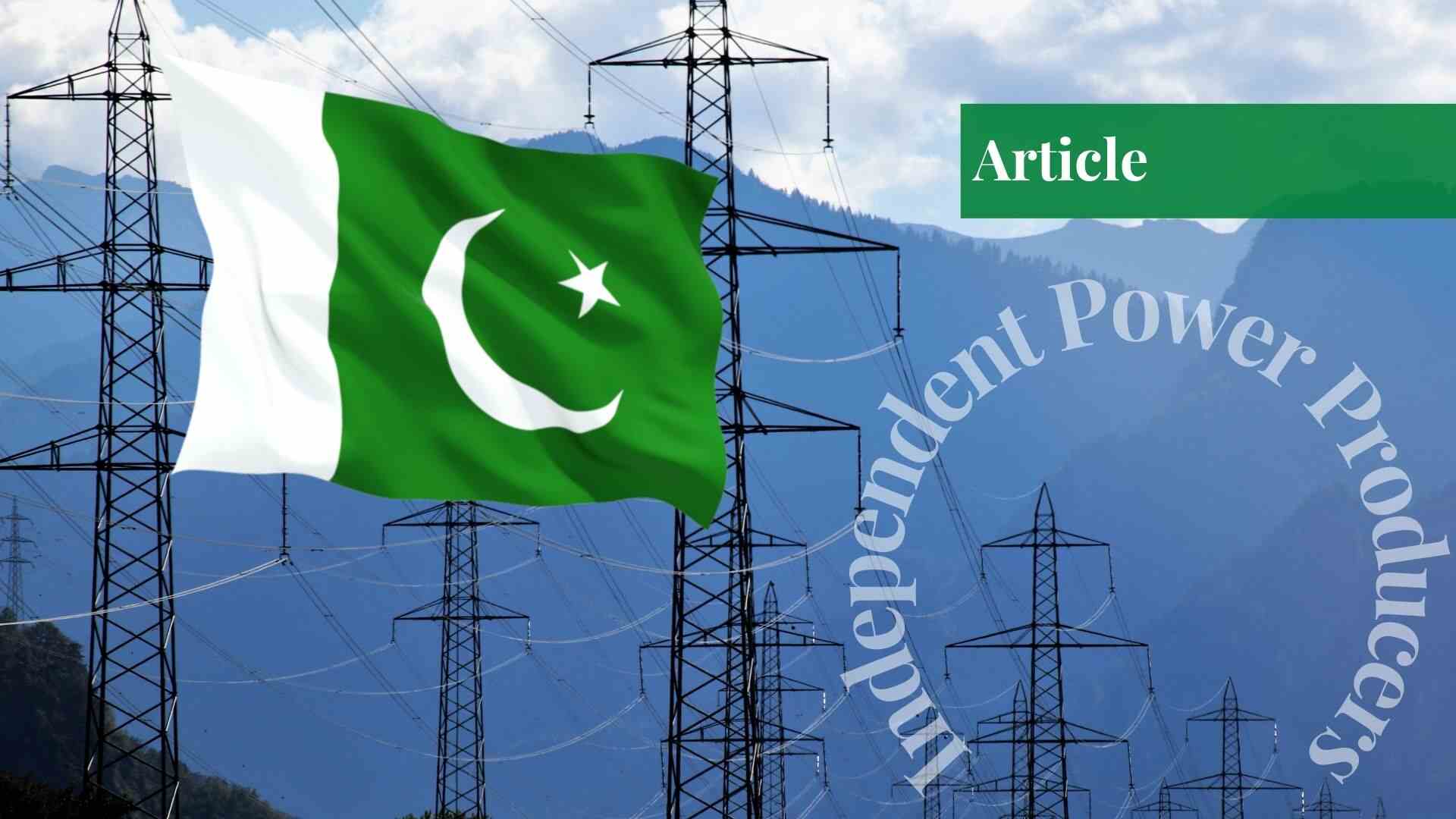By Hifza Saeed
Understanding Climate Action
Climate action refers to a comprehensive set of efforts aimed at mitigating and adapting to the impacts of climate change. It encompasses actions taken by individuals, communities, organizations, and governments to reduce greenhouse gas emissions, transition to sustainable practices, and build resilience to the changing climate. Climate action is driven by the urgent need to address the global climate crisis, characterized by rising temperatures, extreme weather events, sea-level rise, and other adverse impacts on ecosystems and societies.
Tackling Climate Change: A Global Imperative
Climate change, an undeniable reality, knows no boundaries. It is a challenge that transcends borders, affecting every corner of our planet. As we delve into the mission of Goal 13, part of the 2030 Agenda for Sustainable Development, we find ourselves at the forefront of an urgent battle against climate change and its far-reaching consequences.
Climate’s Far-reaching Grasp
Today, climate change is no longer a distant specter; it has firmly established its presence in our lives. Its impact is profound and pervasive, infiltrating every country, every continent. The repercussions are felt not only in the form of extreme weather events but also in disrupted economies and shattered lives. The cost, both human and economic, is staggering and escalating.
The signs of climate change are unmistakable—changing weather patterns, rising sea levels, and an increasing frequency of extreme weather events. Behind this relentless force of nature lie the greenhouse gas emissions from human activities. These emissions, continuously on the rise, have now reached unprecedented levels. The consequences of our inaction are chilling. Without immediate measures, the global average surface temperature is projected to surge over 3 degrees Celsius this century, with certain regions facing even more dramatic warming. Tragically, those who bear the heaviest burden of these changes are the world’s poorest and most vulnerable.
Taking a Stand Against Climate Catastrophe
The looming specter of climate change casts its shadow over every corner of our planet, touching the lives of every individual, irrespective of their location. Climate change, an ever-accelerating juggernaut, is driven by human activities, and its consequences are poised to reshape our world in unprecedented ways.
Accelerating Change, Unforeseen Consequences
Climate change is no longer a future hypothetical; it is our current reality, and it advances with alarming swiftness. Greenhouse gas emissions, the culprits behind this transformation, have surged to historic highs, pushing the boundaries of our climate system. The repercussions of this unabated rise are profoundly unsettling—unpredictable and extreme weather patterns, surging sea levels, and the specter of ecological collapse.
The consequences are far-reaching, threatening to unravel the hard-earned progress made in various spheres of development. Moreover, climate-induced mass migrations are on the horizon, carrying the potential for instability and conflicts of unprecedented scale. Inaction in the face of this crisis is no longer an option.
The Urgent Call for Transformation
To curb the inexorable march of climate change and limit global warming to a manageable 1.5°C above pre-industrial levels, emissions must undergo a drastic reduction—nearly halving by 2030. However, the stark reality is that we are far from the mark. Urgency is paramount, and mere rhetoric and promises will not suffice. What we need is transformative action—a departure from plans and intentions towards concrete and comprehensive measures.
This transformative agenda entails elevating our ambitions to encompass entire economies, transitioning toward climate-resilient development, and charting a clear course to achieve net-zero emissions. Immediate actions are imperative, for failure to act now may condemn future generations to catastrophic consequences.
The Unrelenting Crisis
The climate crisis remains unrelenting, with global commitments falling short of the rigorous efforts needed to reverse its course. The decade spanning from 2010 to 2019 has already etched its name as the warmest on record, bearing witness to a litany of climate-related catastrophes—devastating wildfires, powerful hurricanes, unyielding droughts, and catastrophic floods—ravaging continents.
This crisis extends its insidious tendrils into national economies, leaving no facet of life and livelihood untouched, particularly impacting the most vulnerable among us. Between 2010 and 2020, regions with heightened vulnerability, harboring approximately 3.3–3.6 billion souls, witnessed a staggering 15-fold increase in human mortality rates caused by floods, droughts, and storms when compared to regions with minimal vulnerability.
The High Cost of Inaction
The stakes could not be higher. Inaction in the face of climate change carries a staggering price tag—average global temperatures soaring beyond 3°C, imperiling every ecosystem and exacerbating the frequency and ferocity of storms and disasters.
Causes of Climate Action
- Environmental Awareness: Increasing awareness of the environmental consequences of human activities, such as burning fossil fuels and deforestation, has driven climate action. The recognition of the connection between these activities and global warming has prompted individuals and organizations to take steps to mitigate their impact.
- Scientific Evidence: Robust scientific research has provided compelling evidence of climate change and its human-induced causes. This evidence has underscored the need for immediate action to curb emissions and limit global temperature rise.
- International Agreements: Global agreements, including the Paris Agreement, have played a pivotal role in promoting climate action. These agreements set targets for emissions reduction and provide a framework for international cooperation on climate-related initiatives.
- Youth and Activism: Youth-led climate movements, such as Fridays for Future, have mobilized millions of people worldwide, urging governments and businesses to prioritize climate action. Activism has elevated climate change as a top global concern.
- Corporate Responsibility: Many businesses and industries are recognizing the importance of sustainability and reducing their carbon footprint. Corporate responsibility initiatives, sustainable supply chains, and renewable energy adoption are becoming increasingly common.
Comparative Analysis of Climate Action in Pakistan
Climate action in Pakistan exhibits disparities among different groups and regions. Urban areas with greater access to resources and education tend to engage more actively in climate-conscious activities, such as renewable energy adoption, waste reduction, and sustainable transportation. However, rural and marginalized communities face barriers to climate action due to limited access to clean energy, inadequate infrastructure, and lower awareness levels.
Causes of Lack of Climate Action
- Resource Constraints: Limited financial resources and infrastructure in certain regions hinder climate action efforts. Many individuals and communities lack access to renewable energy sources and face challenges in adopting sustainable practices.
- Education and Awareness: Unequal access to education and information about climate change and its solutions can result in a lack of awareness and engagement, particularly among marginalized groups.
- Policy Gaps: Inconsistent or inadequate climate policies and regulations at the national and local levels can deter proactive climate action.
- Political Will: The commitment of governments and policymakers to prioritize climate action varies, affecting the implementation of sustainable practices and initiatives.
How to Remove the Lack of Climate Action
- Legislative Measures:
- Enact and strengthen climate legislation that sets clear emissions reduction targets and promotes sustainable practices.
- Implement incentives and penalties to encourage businesses and individuals to reduce their carbon footprint.
- Administrative Initiatives:
- Develop comprehensive climate action plans at the national and regional levels, focusing on adaptation and mitigation strategies.
- Allocate resources and establish dedicated agencies or departments to oversee climate-related initiatives.
- Financial Support:
- Mobilize funds for climate projects through international partnerships, grants, and innovative financing mechanisms.
- Provide subsidies and incentives to promote the adoption of renewable energy and energy-efficient technologies, particularly in underserved areas.
- Education and Awareness:
- Launch public awareness campaigns and educational programs targeting different demographics to increase understanding of climate change and sustainable practices.
- Integrate climate education into school curricula to foster a culture of climate responsibility from an early age.
- Community Engagement:
- Foster community involvement in climate initiatives by providing training, resources, and technical support.
- Facilitate knowledge-sharing and collaboration among communities to amplify the impact of climate action.
- Private Sector Engagement:
- Encourage businesses to adopt sustainable practices by offering tax incentives, recognition, and partnerships with government and civil society.
- Promote sustainable supply chain management and responsible business practices.
Embracing Solutions and Hope
Yet, even in the face of such adversity, there is hope. We have at our disposal affordable and scalable solutions that can guide nations toward cleaner, more resilient economies. A transformative shift is underway, with increasing numbers embracing renewable energy and other strategies aimed at reducing emissions and fortifying our ability to adapt to a changing climate.
This race against climate change is one we can win, provided we act decisively. It is a race that demands international cooperation, for the challenge we face is one that transcends national boundaries. Emissions in one part of the world reverberate throughout the globe, affecting people far and wide. Thus, solutions must be global in scope, necessitating collaborative efforts on an international scale. Together, we can assist developing nations in their transition to low-carbon economies, facilitating a collective response to this global crisis.
The Paris Agreement: A Beacon of Hope
In recognition of the urgency of the climate crisis, countries united to adopt the Paris Agreement during the COP21 in December 2015. This pivotal accord entered into force less than a year later, representing a watershed moment in our commitment to combat climate change. Under its provisions, nations pledged to work tirelessly to limit global temperature increases to well below 2 degrees Celsius, with an even more ambitious goal of striving for 1.5 degrees Celsius due to the severe risks posed by exceeding this threshold.
The Paris Agreement serves as an essential instrument in the pursuit of the Sustainable Development Goals. It offers a comprehensive roadmap for climate action, designed to curb emissions and enhance climate resilience. Its significance is underscored by the recognition that climate change is not an isolated issue but one intricately woven into the fabric of sustainable development.
Continuing the Momentum
The historic Paris Agreement, which officially entered into force on November 4, 2016, presents a beacon of hope. It provides an opportunity for nations to intensify their efforts in response to the looming threat of climate change. The Agreement’s central objective—limiting global temperature rise to well below 2 degrees Celsius and striving for 1.5 degrees Celsius—remains an aspiration within our grasp.
As we navigate the treacherous waters of climate change, the United Nations stands resolute in its call to action. It encourages all stakeholders, be they nations, organizations, or individuals, to assume their rightful roles in mitigating the impacts of climate change. It is a collective responsibility—one that requires unwavering dedication, determination, and international solidarity.
Conclusion: A Shared Responsibility
In conclusion, Goal 13, with its imperative to combat climate change, serves as a unifying force in our global pursuit of sustainable development. Climate change, though formidable, is not insurmountable. Through the Paris Agreement and international cooperation, we have the tools to combat this menace. However, the road ahead is challenging, demanding persistent commitment from all corners of the globe.
Recommendations:
- Renewable Energy Transition: Encourage nations to accelerate their transition to renewable energy sources and invest in renewable energy infrastructure.
- Emission Reduction: Advocate for stringent policies and regulations aimed at reducing greenhouse gas emissions and promoting energy efficiency.
- Global Collaboration: Foster international cooperation and partnerships to address climate change collectively, ensuring that no nation is left behind.
- Climate Education: Promote climate education and awareness programs to empower individuals and communities to take sustainable actions.
- Resilience Building: Support efforts to build climate resilience, especially in vulnerable regions, through the development of adaptive strategies and infrastructure.
- Advocacy: Advocate for climate action at all levels of government, business, and civil society, emphasizing the importance of meeting the Paris Agreement goals.
- Innovation: Invest in climate innovation and technology to enhance our ability to combat climate change effectively.
By adhering to these recommendations and embracing the shared responsibility to combat climate change, we can strive toward a more sustainable and resilient future for generations to come.
Subscribe our website for latest updates:
https://republicpolicy.com/shop/
Read More

















































